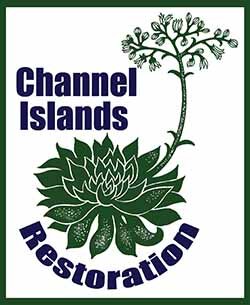How Our Organization Supports Island Conservation
The Channel Islands are a group of eight islands located off the coast of California, USA. These islands are known for their unique ecosystems and biodiversity, with many species of plants and animals found nowhere else in the world.
Unfortunately, over the years, the natural habitats and species of the Channel Islands have been threatened by human activities and introduced species. However, through restoration efforts, island conservation is being supported.
Restoration efforts on the Channel Islands began in the 1970s when the National Park Service took over the management of the islands. One of the first restoration projects was the removal of non-native species, such as feral pigs, goats, and sheep.
These introduced species had a significant impact on the native vegetation, and their removal allowed for the recovery of the natural plant communities. Another restoration project that supports island conservation is the re-introduction of native species. Many species, such as the island fox, bald eagle, and Santa Cruz Island scrub jay, had declined or disappeared entirely due to human activities and introduced species.
Through captive breeding programs and careful management, these species are finding a home again in their native habitats. For example, the island fox population on Santa Cruz Island declined to only 15 individuals in 2002 due to predation by non-native golden eagles. However, through a captive breeding program and the removal of the golden eagles, the population has now recovered to over 1,500 individuals.
In addition to restoring the natural habitats and species, the National Park Service and groups like Channel Islands Restoration have worked in the past to remove other threats to island conservation, such as invasive species. Invasive species, such as the Argentine ant and the non-native ice plant, can outcompete native species and disrupt the ecosystem.
Restoration efforts on the Channel Islands have also included the restoration of cultural resources. The Channel Islands have a rich history of human habitation, dating back over 10,000 years. However, many of the islands' historical sites and artifacts have been damaged or destroyed by human activities and natural erosion. Through restoration efforts, these cultural resources are being protected and preserved for future generations.
The restoration efforts on the Channel Islands have successfully supported island conservation. The restoration of cultural resources has preserved the rich history of human habitation on the islands. Many restoration techniques used on the Channel Islands have global applicability. For example, removing non-native species is a technique used in restoration projects in Peru and Ecuador. If you'd like to support island conservation, consider a membership to Channel Islands Restoration and help support our island initiatives.


